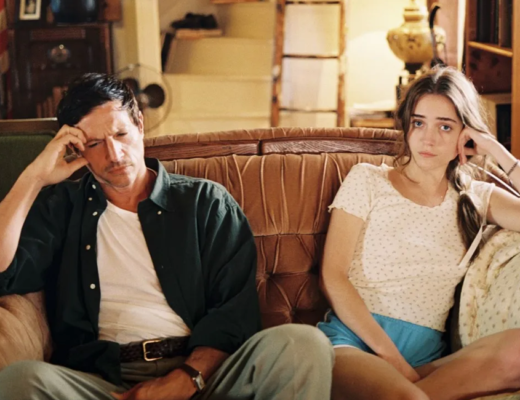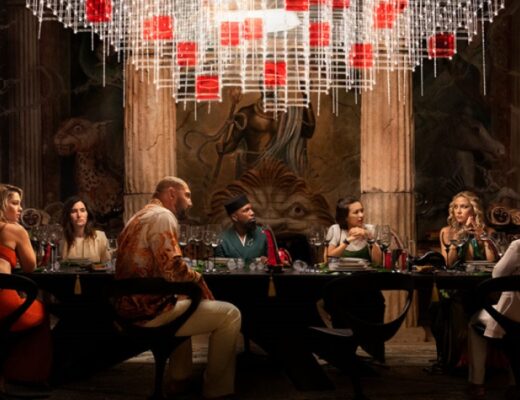Nomad is a passionate and heartfelt work, but Herzog’s foregrounded presence sometimes distracts from film’s more mystical ambitions.
In January 1989, the legendary British adventurer, writer, and journalist, Bruce Chatwin died after a terminal battle with AIDS. It’s a tragedy that, thirty years on, inspired his longtime friend and fellow itinerant Werner Herzog to embark on a journey that Chatwin — an extraordinary man whom Herzog calls “kindred spirit” — would regularly undertake. Those familiar with works of the German cineaste know that he has always been an avid explorer of mysterious, remote locales and forgotten cultures; through his reliably curious camera, and with a shared existential and ontological approach, Herzog has always sought to capture mankind’s obsession with and bewilderment at the feet of vast, untamed landscapes, evinced both in his early fiction works and in his more recent documentary features. It’s this broad, consuming fascination with history, archeology, anthropology, mythology, and the natural that bonded Herzog and Chatwin, and it’s what gives birth to the very core of Nomad: In the Footsteps of Bruce Chatwin, allowing their paths to once more, and perhaps for the final time, intersect. Given this genesis, it shouldn’t surprise that Nomad, as personal homage, not only retraces Chatwin’s spiritual and intellectual heritage, but turns into a self-reflective journey for the director.
Herzog, who also previously adapted his 1987 film Cobra Verde from Chatwin’s novel The Viceroy of Ouidah, structures his new documentary in eight chapters, one of which is dedicated to retelling the story that film’s making. Nomad is a cinematic voyage (or as Herzog refers to it, an “erratic quest”) that charts a course from the caves of Chilean Patagonia and the corridors of an Argentinian natural history museum to Avebury’s megalithic stone circle to Chatwin’s writerly haunts in the Australian Outback and Llanthony Priory in Wales. These various locations, each of which had an enormous impact on Chatwin’s mystical persona, also speak to a grander singularity of his life and work. But this is far from a conventional biographical work: Herzog indeed draws a schematic portrait of his deceased friend, from his first enthrallment at encountering the relics of a giant prehistoric sloth (the first chapter, “The Skin of the Brontosaurus”) to more intimate considerations of his sexual orientation and his death (the final chapter, “The Book is Closed”). But what’s of greater importance, and more impressive, is the way in which Herzog threads the small-scale details of Chatwin’s tale (including his own personal memories and musings) with a broader primordial history of the planet and its inhabitants. Put another way, combining separate quotes from these two free-roamers into a single thesis: it’s the “sacramental aspect of walking” in pursuit of an “ecstatic truth.”
Formally, Herzog builds power into Nomad by cycling through various documentary techniques and including diverse materials. The director employs sprightly camerawork, excerpts relevant portions of Chatwin’s novels, and utilizes black-and-white photographs, archival footage, and some talking-head interviews (most effectively, courtesy of Bruce’s widow, Elizabeth Chatwin, and his biographer, Nicholas Shakespeare). Expectedly, all of this is loosely structured according to Herzog’s expository narration, a familiar calling card for the director, but one that here feels excessive and a bit intrusive, upsetting the film’s more mystical tenor and leaving little to organic revelation. In other words, here, Herzog is overeager: his excitement at exploring this material is certainly passionately felt, and it’s hard to fault him that, but it also prevents the audience from engaging in the same form of cognitive and intuitive wonder. So while Herzog is wholly committed to the wanderer spirit here, attempting to grasp the epiphanic quality that so defined Chatwin’s work across the years and crafting a film of deep intimacy, his admirable travelogue also frequently gets lost in the twists and turns of its uneven course.







